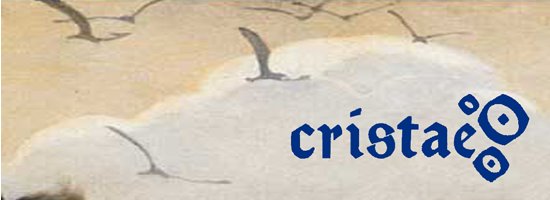
Here are a few highlights of my process. The main problems with handwoven fabric come from its loose and unstable state compared to store-bought fabric. First of all, the edges ravel almost immediately after cutting and so they must be secured as soon as possible. I have used a serger before on handwoven, but those were all rather straight edges. I cut out a test piece, one part of the sleeve, and serged it. As you can see in the photo above, compared to the pattern, it has been skewed out of shape by the serging. I was actually able to stretch it back into the right size and use it, but it was a good indicator that serging was out for this project.
I would highly recommend using as large of a table for cutting as possible. I used to just lay fabric out on the floor to cut, but that is a huge pain--mostly for your back!
I ended up doing two things to stabilize and secure the edges. After cutting out all of the pieces, I fused very thin interfacing strips along every cut edge. This worked wonderfully to prevent the fabric from becoming pulled out of shape, and it kept the fraying to a minimum while I was working with it.

Here you can see how different the fabric looks after pressing, compared to unpressed. It was extremely shiny after pressing. Because of that, I did as little pressing of the finished garment that I could.
The other finishing technique I used was to cover all the raw edges inside with bias tape. This makes the inside look very clean and neat, and it prevents any sort of fraying. The only drawback is that the already somewhat bulky seams are now bulkier. Surprisingly, it's not visibly noticeable, only when you're wearing it do you notice.
My other tip for the day is: follow directions and stay-stitch the neckline! I don't know about you, but I always skipped stay-stitching. It seems like such a worthless step if you're going to sew it anyway, right? Well, remember my stretched out/wonky neckline on the brown version of this? I did not change the pattern at all, I just stay-stiched it and my neckline came out perfect. Live and learn!
Do you have a sewing tip that's either a short cut or something you've learned cannot be skipped? Share it with us!

 I looked up some old fashioned family portraits for inspiration, this was one of my favorites.
I looked up some old fashioned family portraits for inspiration, this was one of my favorites.  I staged a photo session to use for reference. I wanted us to look like an old-fashioned family, but not from a specific time period. Just sometime in the 1800's. I wore my wedding dress and put a huge comforter underneath to poof it out. I might try another family portrait in a couple of years in another artist's style. Maybe N.C. Wyeth...
I staged a photo session to use for reference. I wanted us to look like an old-fashioned family, but not from a specific time period. Just sometime in the 1800's. I wore my wedding dress and put a huge comforter underneath to poof it out. I might try another family portrait in a couple of years in another artist's style. Maybe N.C. Wyeth... 








